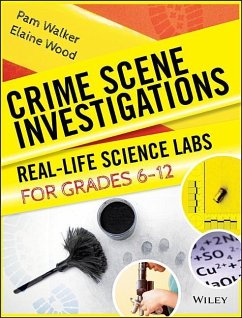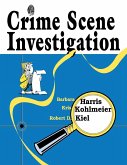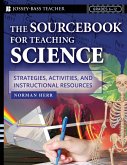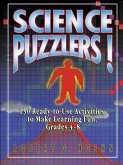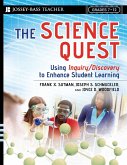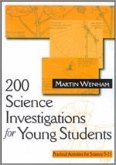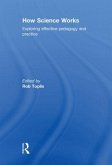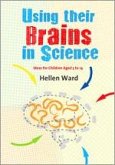CRIME SCENE INVESTIGATIONS REAL-LIFE SCIENCE LABS FOR GRADES 6- 12 What could be more motivational than turning your students into super sleuths to learn scientific principles and techniques? This unique resource for science teachers in grades 6-12 gives students the chance to be crime scene investigators with 68 lessons and labs in life, physical, and earth sciences as well as critical thinking. Like real-life forensic scientists, students observe carefully, think critically, conduct lab tests, document results, and try to meet the burden of proof to solve crimes ranging from check forgery to murder! And for added fun and interest, an original cartoon character, "Crime Cat," enlivens the pages as he sleuths his way through each new mystery, sifting evidence and observing details. All 68 lessons and labs include complete background information for the teacher and reproducible student worksheets. And for easy use, all material is printed in a spiral-bound format that folds flat for photocopying of any page as many times as needed and is organized into four convenient sections that cover all major areas of the science curriculum: I. CRITICAL THINKING - In Section 1, you'll find 17 ready-to-use lessons and labs that reinforce skills of observation, experimentation, and logical thinking with titles such as Who Wrote This? (document forgery) - Whose Lipstick? (chromatography of lipstick) - Tattle-Tale Type (typewriter comparison) . . . If the Shoe Fits (shoe print impressions). II. PHYSICAL SCIENCE - Section 2 provides 14 reproducible lessons and labs that apply the principles of chemistry and physics to identify unknown substances, recognize patterns, and determine the chain of events such as Print Patterns (fingerprint identification) - Fibers Don't Fib (fiber analysis) and . . . Glass Chip Tips (glass identification). III. LIFE SCIENCE - Section 3 features 20 lessons and labs focusing on evidence left at crime scenes by living things and teaches principles of inheritance, DNA analysis, skeletal structure, and characteristics of hair and skin, just a few examples are What a Cell Can Tell (DNA fingerprinting techniques) . . . Take a Bite Out of Crime (dental forensics) and . . . Hairy Cat Capers (hair identification). IV. EARTH SCIENCE, ARCHAEOLOGY, AND ANTHROPOLOGY - The last section offers 17 lessons and accompanying labs that feature unidentified remains, mummies, skeletons, and more and demonstrate how reconstruction of past events can influence the outcome of a criminal investigation. Sample lessons and labs include Where is My Mummy? (preserving flesh) . . . Dating--Radioactive Style (forensic archaeology) . . . The Dirt on Crime (evidence from the soil) and . . . Making No Bones About It (skeletal evidence). No matter what science area you're teaching, Crime Scene Investigations can be an intriguing supplement to instruction. You'll find your students will be eager to learn science concepts and solve a mystery at the same time!
Bitte wählen Sie Ihr Anliegen aus.
Rechnungen
Retourenschein anfordern
Bestellstatus
Storno

